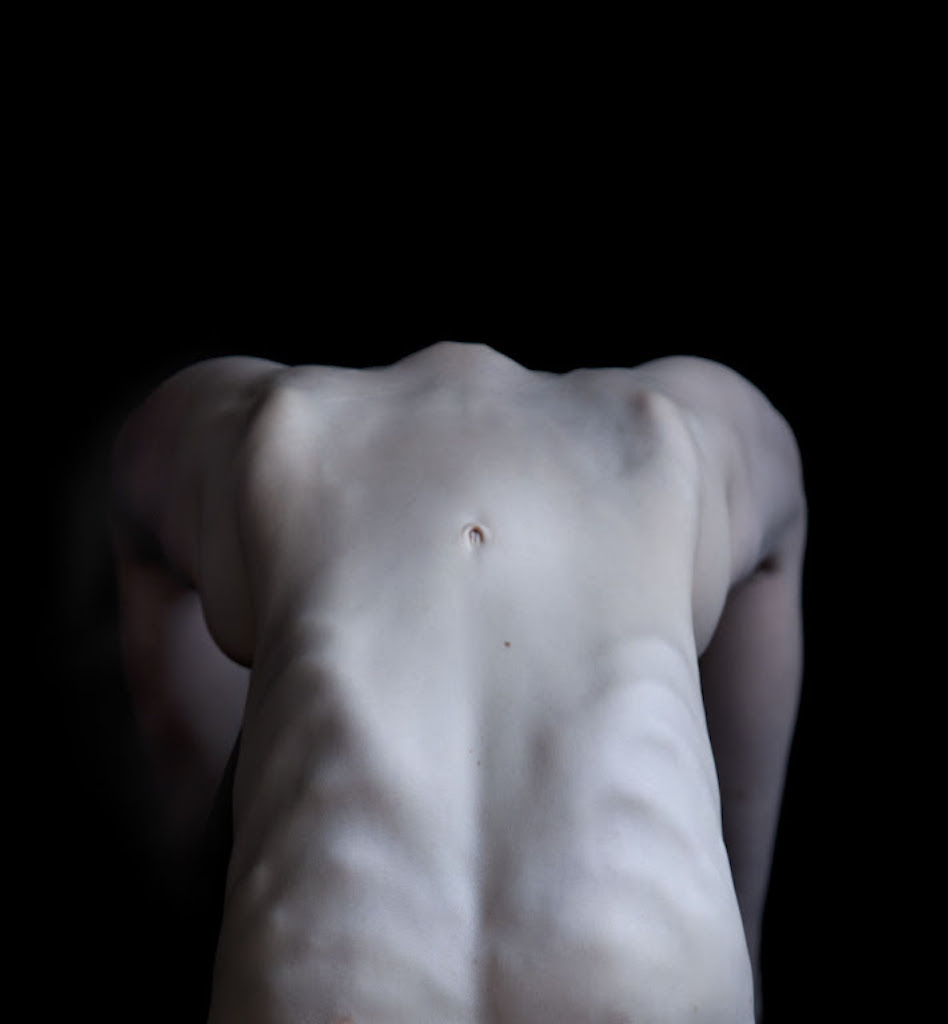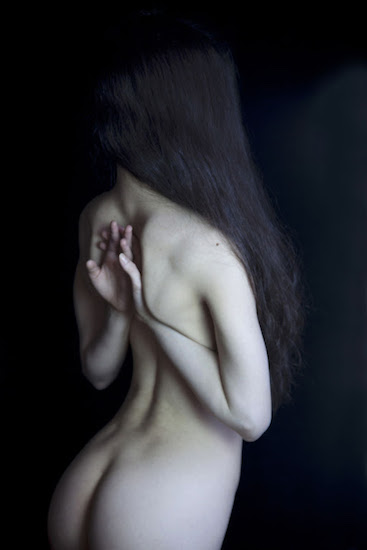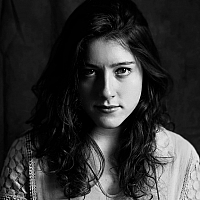
Untitled (C.M. #10), 2014-2015 © Juul Kraijer
Expositions du 10/6/2017 au 3/9/2017 Terminé
Huis Marseille, Museum voor Fotografie Keizersgracht 401, 1016 EK Amsterdam Pays-Bas
Press Release -Huis Marseille, Museum voor Fotografie Keizersgracht 401, 1016 EK Amsterdam Pays-Bas
Every living form conceals a world that can fill us with utter astonishment. The true artist is one who can open our eyes to the infinities that underlie the apparent simplicity of ordinary things. ‘If the doors of perception were cleansed everything would appear to man as it is, infinite,’ wrote the 18th-century English poet William Blake. And the 20th-century French writer Colette wondered: ‘Where will it end if, little by little, we peel away appearances and encounter the life beneath their impassiveness, a nervous system beneath the bark, the capacity to suffer in something we believed to be insensitive? How long can we call something yet unknown, ‘inconceivable’?’*
It is through an artist’s perception that we are sometimes granted a glimpse of the unimaginable. The artist nourishes our astonishment by creating a world, through the artwork, that challenges the limits of our perception. It is to this effect that the images created by the visual artist Juul Kraijer (1970) distance themselves from traditional iconographies. The enigmatic figures in her newest photo series in the exhibition Chimaera are based on the human body, but she shows us this form in a way that all but defies classification. Kraijer creates a visual experience that is more than the sum of the parts of which the image is made. ‘Today the percept had swallowed up the concept,’ exclaimed Aldous Huxley, describing his radically altered perception, while under the influence of mescaline, of the essence of a chair in The Doors of Perception (1954). Juul Kraijer’s art seems to visualize such sensations, and to present them as a new reality – and as photographic artworks, because it is central to the experience of the new work in Chimaera that these enigmatic forms were photographed, that the creatures populating these images actually existed, however temporarily, in the real world.
.jpg)
Untitled (L.P.&S.H. #1), 2016–2017 © Juul Kraijer
Kraijer’s models are the contortionist Lise Pauton and the French Butoh dancer and choreographer Camille Mutel. Kraijer’s 2013 meeting with Lise, the young contortionist, actually formed the starting point of the whole series. Lise Pauton possesses a body with seemingly unlimited possibilities. It can adopt the most unlikely postures, so for an artist it is an opportunity to sculpt with a living body. Lise Pauton’s hair is another source of inspiration, and a being in itself. In some photographs her long, black, sinuous hair plays the leading role – now concealing forms, now creating them – and becomes a kind of independent creature.
Kraijer found her second ideal model in the Butoh dancer Camille Mutel. Butoh is an earthbound dance, directed downwards, towards the ground; as such it also effects a descent into the dancer’s subconscious. It is, moreover, a dance with no underlying concept: “In Butoh, the body tells you where to go. Your body says something, it reveals something to you […] you have to let something come from inside, in a dialogue with the outside. You shouldn’t have to intervene,” says Camille Mutel.
.jpg)
Untitled (L.P. #8), 2014-2015 © Juul Kraijer
Kraijer’s photographs of Pauton and Mutel’s bodies are interspersed with a series of photographs she made in India in 2014 and 2015. They are images of the desiccated and insect-gnawed leaves of the wata, a weed that can grow into a tree. The large leaves in Kraijer’s photographs have lost every attribute of fresh vegetation: their once green skin is curled like old parchment, and their veins protrude like ribs. Kraijer’s leaves, like her bodies, are photographed as isolated forms against a black background.
The dried leaves echo the anatomical vocabulary of the two bodies, and all these forms – bodies, leaves, hair, and other material – are part of Juul Kraijer’s universe, in which deep and mysterious associations resonate with the endless possibilities of existence.
.jpg)
Untitled (L.P.&C.M. #1), 2016–2017 © Juul Kraijer
Juul Kraijer (Assen, 1970) studied at the Willem de Kooning Academy in Rotterdam between 1989 and 1994. She has had solo exhibitions at the Stedelijk Museum in Schiedam (1998), the Stedelijk Museum in Amsterdam (2001), the Gemeentemuseum in The Hague (2006), the Kunsthalle in Giessen, Germany (2014), the Drents Museum (2015) and elsewhere. Her work has been acquired for numerous collections, including the Museum of Modern Art in New York; the Museum of Contemporary Art in Kiasma, Helsinki; the MONA in Tasmania; the Museum Kunstpalast in Düsseldorf; the Kupferstichkabinett in Berlin; and the Museum of Modern Art in Vienna. She has also won several awards, including the Charlotte Köhlerprijs (1998), the Pendrecht Cultuurprijs (2000) and the Philip Morris Kunstprijs (2004). The monograph Juul Kraijer, with texts by Véronique Baar and Wilma Sütö, was published in 2009. In 2014 this was followed by Penumbrae, 40 photographs made between 2011–2014, and in 2015 by Juul Kraijer – werken 2009–2015, with texts by Ernst van Alphen and Roger Malbert.
* From Belles Saisons, 1985, Dutch translation by Kiki Coumans

Untitled (L.P. #7), 2014-2015 © Juul Kraijer


